Eouneul (어우늘)
9.9Km 2021-03-24
222, Yeonbuk-ro, Jeju-si, Jeju-do
+82-64-743-5131
This is a place that sells fusion abalone dishes. This Korean dishes restaurant is located in Jeju-si, Jeju-do. The representative menu is abalone hot stone pot rice.
Jewon Haneul (제원 하늘농원)
10.0Km 2025-09-05
72-5 Daeheulbuk-gil, Jocheon-eup, Jeju-si, Jeju-do
Jewon Haneul, spanning 26,046 square meters, has open fields and greenhouse facilities for tangerines. It is certified by the Ministry of Agriculture, Food, and Rural Affairs for non-pesticide farming, Good Agricultural Practices (GAP), and low-carbon practices. The farm grows various citrus fruits throughout the year. Green tangerines are harvested from August to September, field-grown tangerines in October, and Hwanggeumhyang, Redhyang, and Cheonhyehyang varieties from December to February. From the end of April until early May, the farm is adorned with tangerine flowers. It operates various food therapy programs, such as making tangerine marmalade, tangerine cakes, green tangerine syrup, and summer tangerine syrup, depending on the season. In addition, it provides sound therapy programs like singing bowl meditation in the tangerine orchard and making glass wind chimes attached with a wish tag. As such, the farm has become a space for relaxation and rest for those with exhausted minds and bodies.
Sinsan Park (신산공원)
10.0Km 2017-11-07
92-12, Sinsan-ro, Jeju-si, Jeju-do
Sinsan Park was opened to commemorate the arrival of the Olympic Torch to Korea for the '88 Seoul Olympic Games but now serves as a resting place for local citizens. It has become a popular location for family outings, and many couples enjoy walking along the paths through the shade of the forest.
Moise Haejangguk (모이세해장국)
10.0Km 2021-04-17
221, Yeonbuk-ro, Jeju-si, Jeju-do
+82-64-746-5128
It is a restaurant that serves Haejangguk, made more delicious when served with egg. The best menu at this restaurant is hangover soup. This Korean dishes restaurant is located in Jeju-si, Jeju-do.
Jeju Love Land (제주러브랜드)
10.0Km 2024-11-27
2894-72 1100-ro, Jeju-si, Jeju-do
Jeju Love Land is a modern-themed park that creatively interprets sex through art. The entire park is a vast artistic space featuring a variety of works approached from perspectives of enjoyment and humor. At night, the park is beautifully illuminated with colorful and exotic lights, creating a mysterious ambiance. It's consistently popular among couples. Additionally, there are gift shops, cafés and restaurants available.
Dokkaebi Road (Mysterious Road) (도깨비 도로(신비의 도로))
10.0Km 2024-12-10
Dokkaebi Road is an amusing road that is also called the Jeju Mysterious Road. It earned its name due to the sensation it gives to the drivers when driving down this steep road. When driving this road, the driver and their passengers will feel like as if the car is moving upward instead of moving down the slope. This is actually an optical illusion, in which the surroundings trick the eye and make the road look like it is tilted in the opposite direction. This phenomenon, however, made Dokkaebi Road a popular tourist site. Various safety facilities are being added to prevent accidents from occurring, and a tourist park is expected to be built along the road in the near future. Drivers are advised to be careful and always look both ways when driving down Dokkaebi Road.
<Credit: Visit Jeju>
Jeju National Museum (국립제주박물관)
10.0Km 2021-08-06
17, Iljudong-ro, Jeju-si, Jeju-do
+82-64-720-8000
Opened on June 15, 2001, Jeju National Museum is a history museum that displays, preserves and studies Jeju Island’s historical and cultural assets. Jeju National Museum houses various remains excavated from ruins, including meaningful relics from the prehistoric age through to the Joseon dynasty. It boasts unique traditional culture and holds special exhibitions each year.
Jeju Samseonghyeol (제주 삼성혈)
10.1Km 2024-03-13
22 Samseong-ro, Jeju-si, Jeju-do
+82-64-722-3315
Samseonghyeol is a revered site featuring three mythical holes, believed to be the origin of Jeju island's mythical founders: Go, Yang, and Bu. This sacred location is enveloped by ancient trees, standing for centuries, and remarkably, the holes are known to never fill with water, no matter how hard it rains or snows. Adjacent to these remarkable natural phoenomena, visitors will find an exhibition hall and a media gallery dedicated to telling the lore of Samseonghyeol. Additionally, the site is surrounded by historical structures dating back to the Joseon period.
Soljeong Garden (솔정가든)
10.1Km 2021-03-30
9, Ora-ro 12-gil, Jeju-si, Jeju-do
+82-64-751-2100
It is a good place for Korean health dishes. The best menu at this restaurant is whole mineral-fed duck soup with medicinal herbs. This Korean dishes restaurant is located in Jeju-si, Jeju-do.
Jeju Island Special Tourist Zone (제주도 관광특구)
10.1Km 2025-05-20
Jeju-do
+82-64-740-6000
Located to the southwest of the Korean Peninsula, the island of Jeju is Korea's largest tourist destination. The entire island has been designated as a special tourist zone, and it's easy to see why: there is hardly any spot on the island that is not photogenic. Unlike mainland Korea, which has a temperate climate, Jeju boasts a climate that is closer to subtropical. Hallasan Mountain, lying at the center of the island, is surrounded by 368 parasitic cones, known as "Oreum." Eleven beaches have been designated as tourist beaches, but including those that are not officially designated, the island features nearly thirty beaches in total. Famous beaches include Iho Tewoo Beach, Samyang Beach, Hyeopjae Beach, Geumneung Beach, and Gwakji Beach. Jeju's renowned Olle Trails, a system of hiking paths, span a total length of 425 kilometers and would take about fifteen days to complete in their entirety.
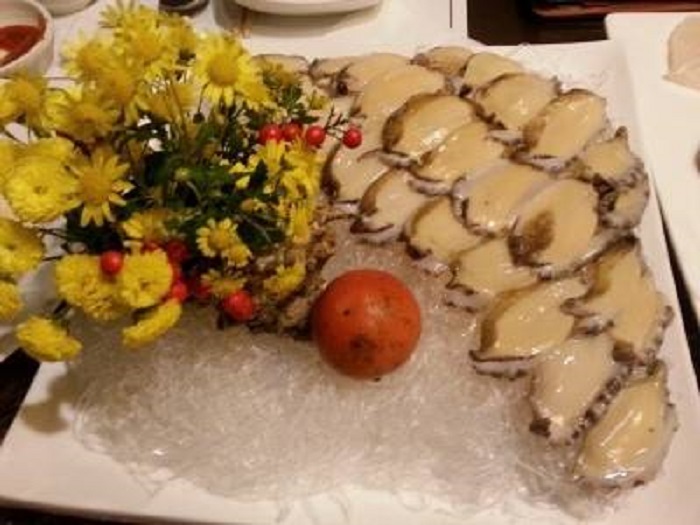
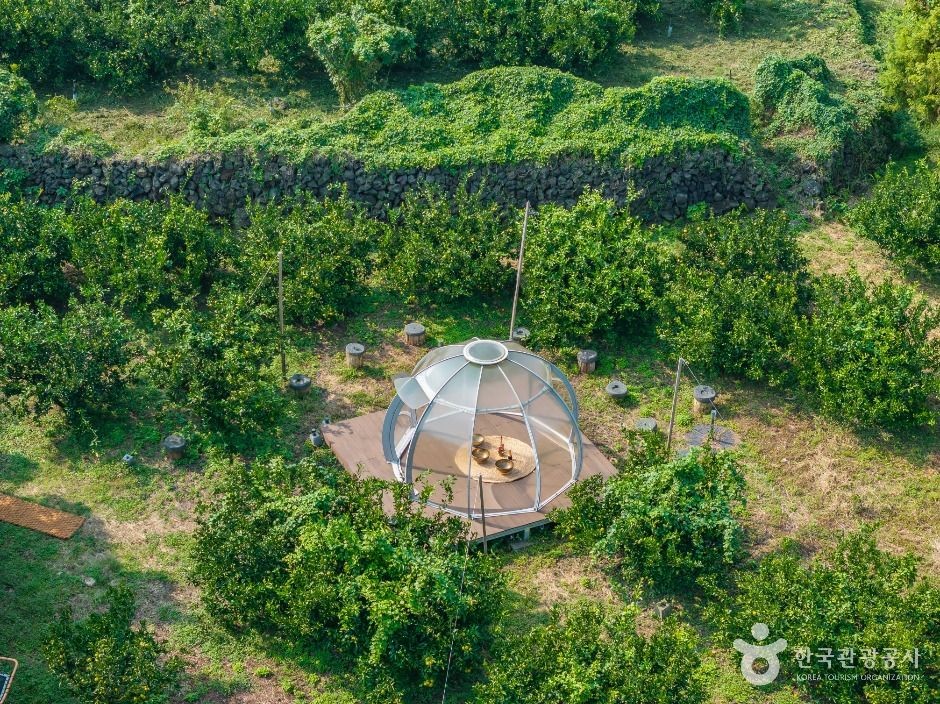
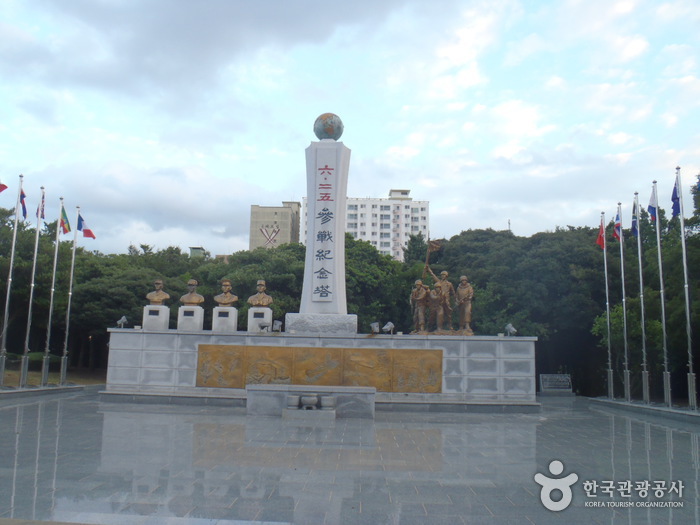

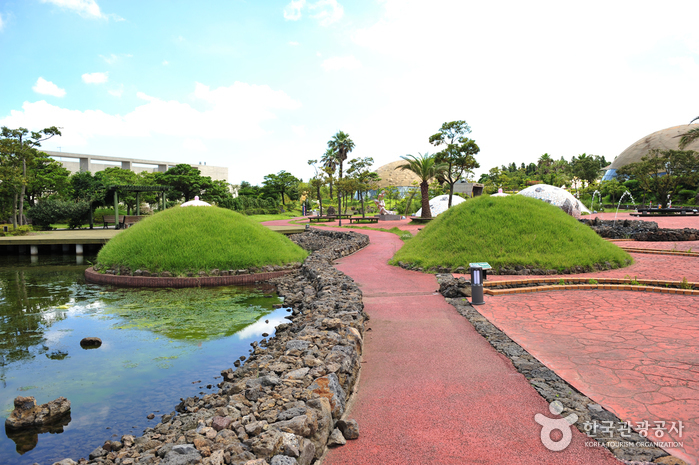
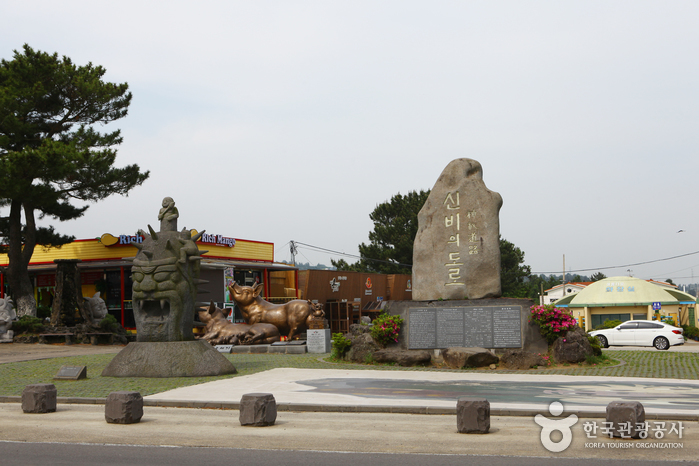
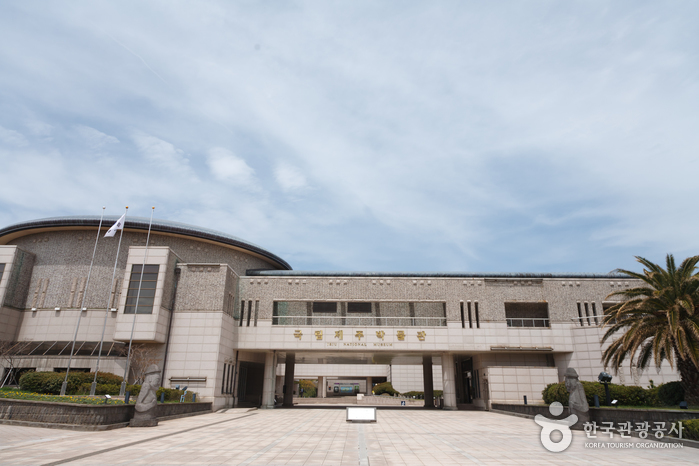
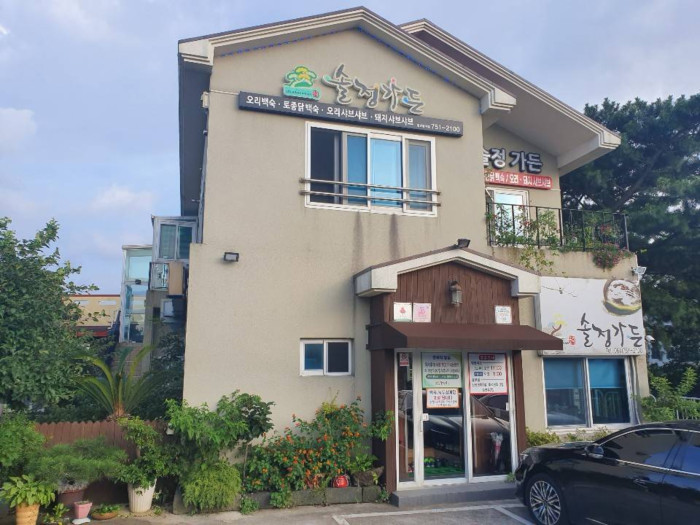
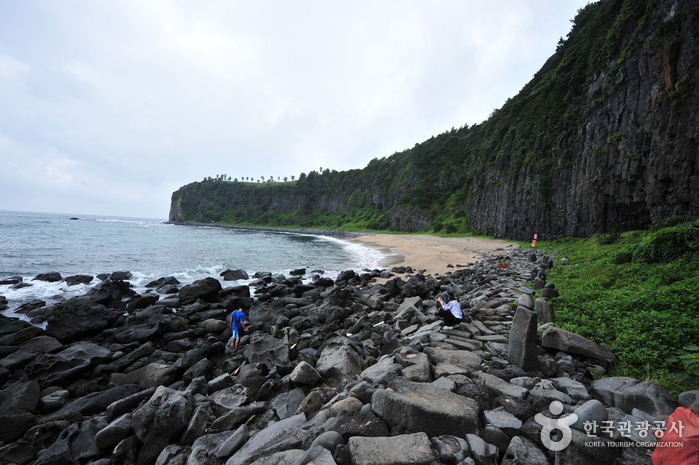
 English
English
 한국어
한국어 日本語
日本語 中文(简体)
中文(简体) Deutsch
Deutsch Français
Français Español
Español Русский
Русский